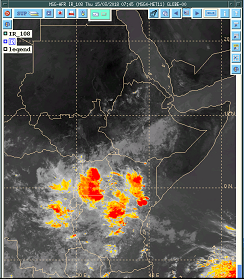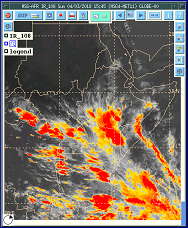SWIFT Researcher Emmah Mwangi from Kenya Meteorological Department (KMD) reports:
In March 2018 there have been two episodes of heavy rainfall in most parts of Kenya, which caused massive flooding in urban and low lying areas. Both episodes were caused by the presence of Tropical cyclones in the Indian Ocean; Dumazile and Eliakim. The effect of Cyclones in the Equatorial East African region is that they help pull in moisture from the Congo basin, and the gradient created by the low pressure systems also pulls the North-South arm of the Inter tropical convergence zone Eastwards. In the recent past as storms have become more severe and frequent during the rainy seasons of March – May and October-December, flooding, and especially flash flooding in urban areas, has become more common.
It is likely that these events are linked to global warming on both global and local scales. Globally reports have indicated that the oceans are warming, and with the Indian Ocean being warm at the beginning of March this encouraged the formation of cyclones. Locally as temperatures rise the effect of urban heating has also magnified, and with this urban areas like Nairobi are getting more severe storms. Analyses of the future likelihood of extreme events occuring over the East Africa region have shown that such events are probably going to become more frequent and more severe. Unless climate is factored into urban planning it is highly likely that we will see more flash floods occurring in urban areas.
The forecasts for both of the recent flooding events were very accurate both on short and medium range scales. Advisories for the heavy rains were prepared and sent out days before the events started providing advance warning of the expected heavy rains to disaster managers and the general public. As social media becomes more popular across Kenya Facebook and Twitter, as well as mobile apps such as Whatsapp and Telegram are used increasingly to reach a greater proportion of the general public.
The satellite images below show rainfall for 4th March 2018.
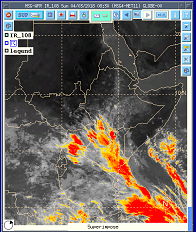
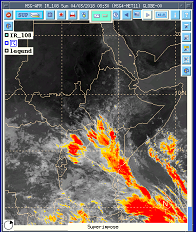
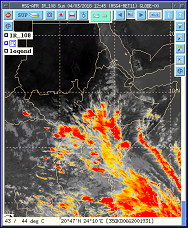
The satellite images below show rainfall for 15th March 2018.
